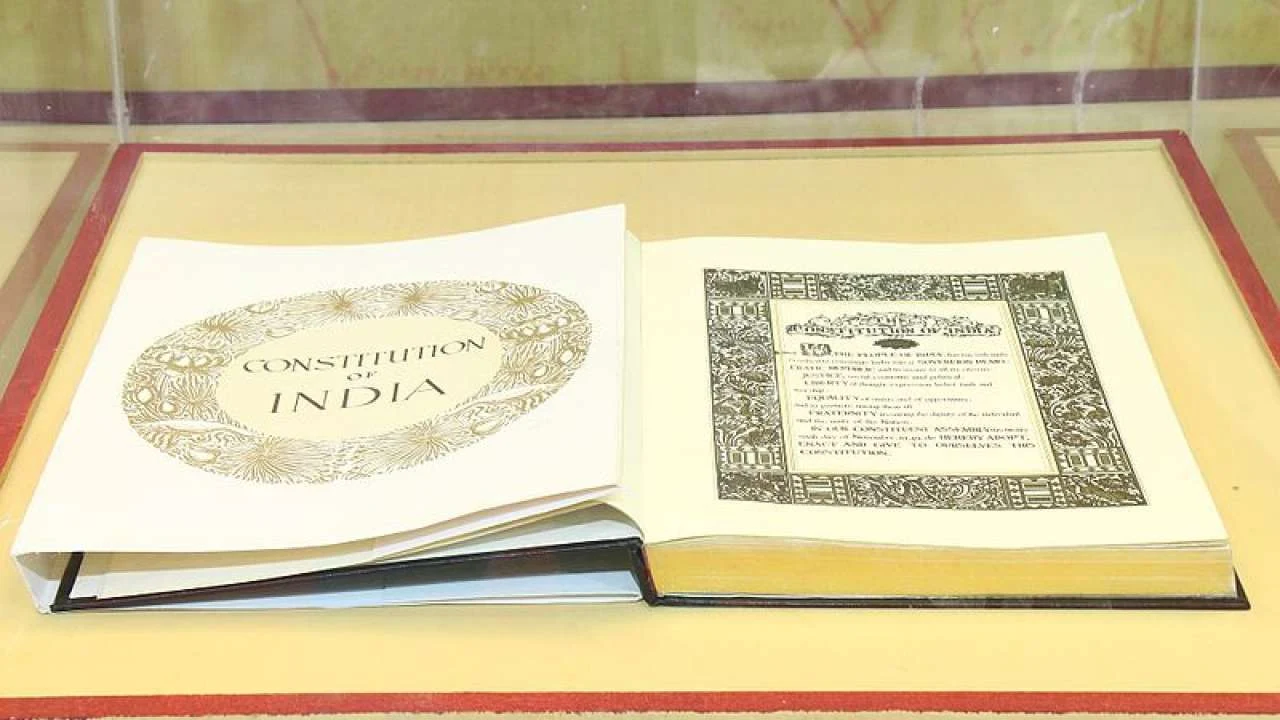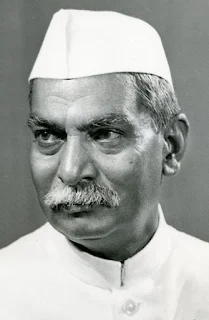All about Indian Constitution
What is Constitution?
The Constitution of India is the supreme law of India. It frames fundamental political principles, procedures, practices, rights, powers, and duties of the government. It imparts constitutional supremacy and not parliamentary supremacy, as it is not created by the Parliament but, by a constituent assembly, and adopted by its people, with a declaration in its preamble. Parliament cannot override it. The world’s longest constitution is the India’s constitution.
Why do we need a Constitution?
• A constitution is a set of rules and principles that all the citizens in a country can agree as the basic way and proportion in which they want the country to be ruled.• The Constitution also states the ideals the citizens so as to uplift the country.
• The Constitution of the country gives a way to the citizens to live freely as they are being provided their fundamental rights.
• The Constitution also restricts the unlimited power of the ruling government so that the government may not misuse its power.
• It generate a degree of trust and coordination that is necessary for different kind of people to live together.
• It specifies how the government will be constituted, who will have which power to take which decisions.
Founding Fathers of Indian Constitution
→ Dr. Rajendra Prasad:
• Elected as the first President of independent India on 24th January 1950, at the last session of the Constituent Assembly.
• Distinction of being the only President to have been re-elected for a second term (1950-1962).
→ Sardar Vallabhbhai Patel:

• He was instrumental in the integration of over 500 princely states into the Indian Union.
→ Dr B.R. Ambedkar:

• He was the Chairman of the Assembly’s most crucial committee - the Drafting Committee.
• He was directly responsible for preparing the draft Constitution for Independent India.
• Appointed as the first Law Minister of independent India in 1947.
Interesting Facts about our Indian Constitution
• The original Constitution of India was handwritten by Prem Behari Narain Raizada in a flowing italic style with beautiful calligraphy. Each page was beautified and decorated by artists from Shantiniketan.
• The original copies of the Indian Constitution, written in Hindi and English, are kept in special helium-filled cases in the Library of the Parliament of India.
• With 25 parts containing 448 articles and 12 schedules, the Indian Constitution is the longest written Constitution of any sovereign country in the world.
• The Constituent Assembly, which first met on December 9, 1946, took precisely 2 years, 11 months and 18 days to come up with the final draft.
• When the draft was prepared and put for debate and discussion, over 2000 amendments were made, before it was finalised.

• The drafting of the Constitution was finally complete on 26th November, 1949 but, it was legally enforced only after two months on 26th January, 1950 which came to be known as the Republic Day.
• The handwritten Constitution was signed on 24th January, 1950, by 284 members of the Constituent Assembly, which included 15 women. It came into force two days later on 26th January.
• The Preamble to our Constitution was inspired by the Preamble to the Constitution of the United States of America, which also starts with "We the people".

Preamble of Indian Constitution
WE, THE PEOPLE OF INDIA, having solemnly resolved to constitute India into a SOVEREIGN SOCIALIST SECULAR DEMOCRATIC REPUBLIC and to secure to all its citizens:JUSTICE, social, economic and political;
LIBERTY of thought, expression, belief, faith and worship;
EQUALITY of status and of opportunity;
and to promote among them all
FRATERNITY assuring the dignity of the individual and the unity and integrity of the Nation;
IN OUR CONSTITUENT ASSEMBLY this twenty-sixth day of November, 1949, do HEREBY ADOPT, ENACT AND GIVE TO OURSELVES THIS CONSTITUTION
Fundamental Rights
There are six fundamental rights recognised by the Indian constitution:1. Right to equality (Articles. 14-18) - The right to equality includes equality before the law, the prohibition of discrimination on grounds of religion, race, caste, sexual orientation, gender or gender identity and/or place of birth, equality of opportunity in matters of employment, the abolition of untouchability and abolition of titles.
2. Right to Freedom (Articles. 19-22) - The right to freedom includes freedom of speech and expression, assembly, association or union or cooperatives, movement, residence, and right to practice any profession or occupation.
3. Right against Exploitation (Articles. 23-24) - The right against exploitation prohibits all forms of forced labour, child labour and trafficking of human beings. Children under age of 14 are not allowed to work.
4. Right to Freedom of Religion (Articles. 25-28) - The right to freedom of religion includes freedom of conscience and free profession, practice, and propagation of religion, freedom to manage religious affairs, freedom from certain taxes and freedom from religious instructions in certain educational institutes.
5. Cultural and Educational Rights (Articles. 29-30) - The Cultural and educational Rights preserve the right of any section of citizens to conserve their culture, language or script, and right of minorities to establish and administer educational institutions of their choice.
6. Right to Constitutional remedies (Articles. 32) - The right to constitutional remedies is present for enforcement of fundamental rights. B. R. Ambedkar declared the right to constitutional remedies "the heart and soul" of the Indian constitution.
Fundamental duties
It shall be the duty of every citizen of India1. to abide by the Constitution and respect its ideals and institutions, the National Flag and the National Anthem;
2. to cherish and follow the noble ideals which inspired our national struggle for freedom;
3. to uphold and protect the sovereignty, unity and integrity of India;
4. to defend the country and render national service when called upon to do so;
5. to promote harmony and the spirit of common brotherhood amongst all the people of India transcending religious, linguistic and regional or sectional diversities; to renounce practices derogatory to the dignity of women;
6. to value and preserve the rich heritage of our composite culture;
7. to protect and improve the natural environment including forests, lakes, rivers and wild life, and to have compassion for living creatures;
8. to develop the scientific temper, humanism and the spirit of inquiry and reform;
9. to safeguard public property and to abjure violence;
10. to strive towards excellence in all spheres of individual and collective activity so that the nation constantly rises to higher levels of endeavour and achievement;
11. who is a parent or guardian to provide opportunities for education to his child or, as the case may be, ward between the age of six and fourteen years.
Borrowed Features

No comments:
Post a Comment